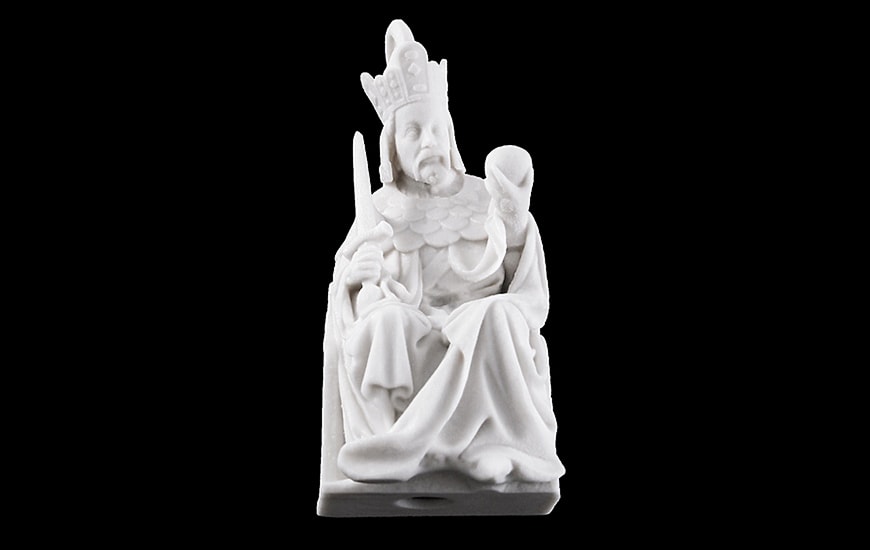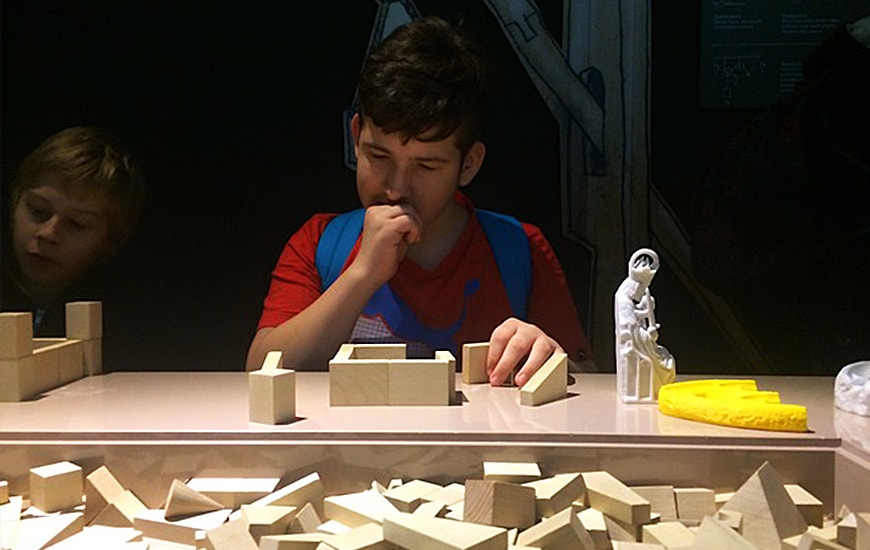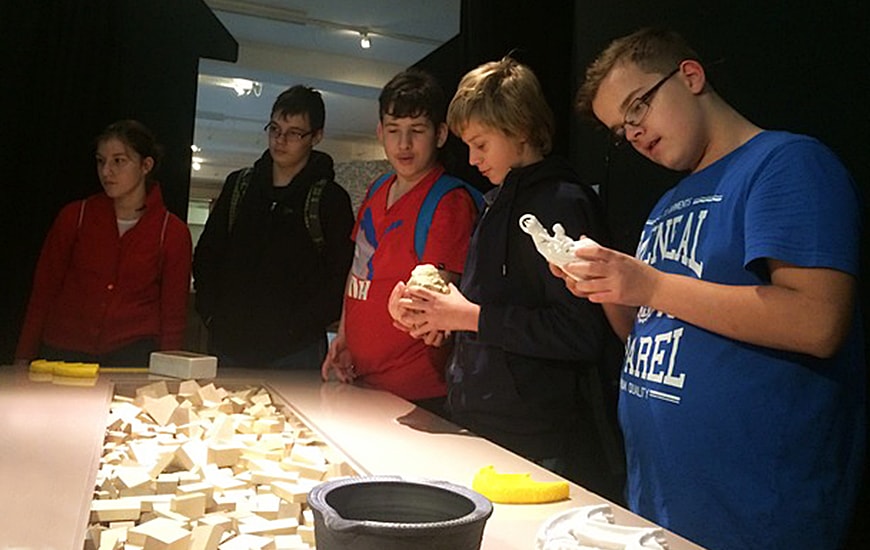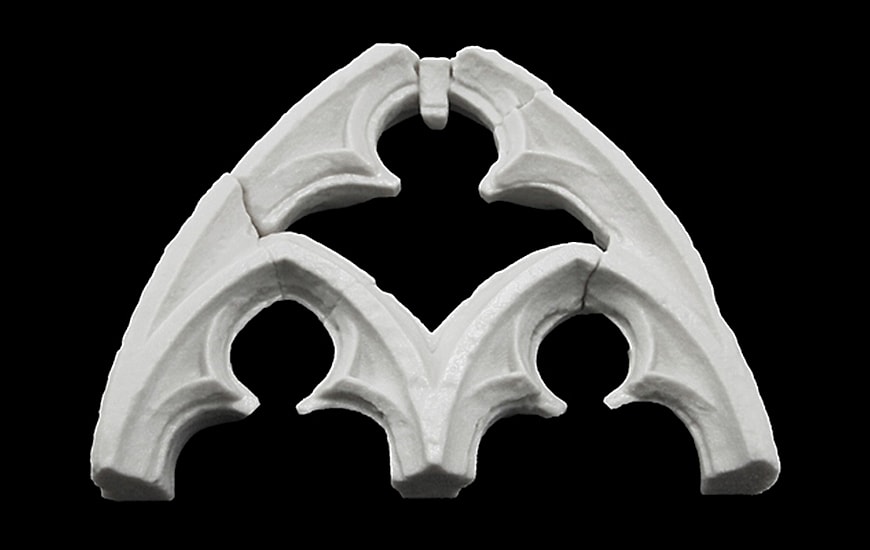Zortrax Brings the New Experience of Learning to the Visually Impaired
We’ve covered a lot of ground when it comes to the visually impaired and the ways they can benefit from the 3D printing technology. However, we can happily announce that after hearing from our fellows from the Czech Republic we are once again surprised!

Statue miniature 3D printed on Zortrax M200
The Czech Hi-Tech
Education and the whole amazing process of cognitive development is the area that has a lot in store for technologies. As you have probably seen in our blogposts, we don’t quit on encouraging people to make a good use of it whatever they teach or learn. And each time after being taught about new applications of the Zortrax 3D printers we feel glad and extra convinced that this universal technology can in fact adjust to the type of activity you perform. And when one of your goals is to help the disabled children, well, we couldn’t be more proud.
Brainstorming
This time we take you for a trip to the technical museum in one of the most picturesque European capitals – Prague. Here, in this beautiful location a group of creative people did some heavy brainstorming. They wanted to make their exhibitions, and the history and technology in general more comprehensible to people with different forms of disabilities. They focused on the visually impaired people and the fact that they are limited by the lack of sight, which eventually helped them to find the right path.

Lesson with 3D printed aides
Making
Assisted by one of the local Zortrax resellers Imanica they helped their ideas clarify by getting the right tools to start their work. Possessed with M200 3D printer they could realize their goals, precisely make the replicas of the items present in their museum. To make their 3D printed models as close to the original pieces as possible they needed tpo be extra precise with measuring them. As you may probably guess they went for a 3D scanner that allowed them to map all the point and create a ready digital mesh of the objects. Having it done, they turn to the 3D printing part, which as they claim was like a walk in the park – free from constrains.
Testing & Succeeding
Who could make better testers that the children themselves? When all the work was done, the museum simply invited a group of children from the local elementary school to participate in a special series of classes. It was important for the staff from the National Technical Museum to check if all the 3D printed parts and the way classes are conducted can really meet the needs of the handicapped childred.

Students during lesson at the Museum
Remove Them All!
Constrains – that’s for sure! Having the right tools and the necessary funds from the European Union Structural Funds the museum could start improving the number of their visitors by adjusting the exhibitions to the handicapped people. To make the whole project even more popular and efficient, they started a fruitful cooperation with several museums that are also involved in boosting innovation. And when it comes to the process itself, the museum staff approves the printing materials like Z-ULTRAT and Z-HIPS and appreciate their lack of warping and also strength and durability of large sized models.
The Best Part
Asked about the major benefits that made them choose Zortrax 3D printers and go for the additive technology, guys from the museum couldn’t give only one of them. They told us that: “There’s more than one best part: The satisfaction of seeing the joy and curiosity on the faces of children as they were able to pick up and explore the artefacts. Something they have not experienced before. The pleasure of seeing our Zortrax M200 right at the entrance of the museum for all to see.The amazing experience of being able to get right up close to some major historical artefacts and modelling them in 3D.”

3D printed architectural feature